 The Australian Terrier is a small
The Australian Terrier is a small breed
of dog of the terrier
dog type. The breed was developed in Australia
, although the ancestral types of dogs from which the breed descends were from Great Britain.The Australian Terrier is a small dog with short legs, weighing around 6.5 kilograms (14 lb) and standing about 25 centimetres (9.8 in) at the withers
, with a medium length shaggy harsh double coat that is not normally trimmed. Fur is shorter on the muzzle, lower legs, and feet, and there is a ruff around the neck. The coat colours are shades of blue or red with a lighter coloured topknot, and with markings on face, ears, body and legs of a colour described in the breed standard as "tan, never sandy". The tail was traditionally docked
. As with most pet dog breeds, all proportions and aspects of the body and head as well as colors and markings are extensively described in the breed standard.
 |
| 8 WEEKS AND 5 DAYS OLD AUSTRALIAN TERRIER PUPS |
The Australian Terrier is descended from the rough coated
type terriers brought from Great Britain to Australia in the early 19th century. The ancestral types of all of these breeds were kept to eradicate mice and rats. The Australian Terrier shares ancestors with the
Cairn Terrier, Shorthaired
Skye Terrier, and the Dandie Dinmont Terrier; Yorkshire Terriers and Irish Terriers were also
crossed into the dog during the breed's development.
Development of the breed began in Australia about 1820, and the dogs were at first called the Rough Coated Terrier. The breed was officially recognised in 1850, and later renamed as the Australian Terrier in 1892. The Australian Terrier was shown at a dog show for the first time in 1906 in Melbourne
, and was also shown in Great Britain about the same time. The Kennel Club
(UK) recognised the breed in 1933. The American Kennel Club
recognised the Australian Terrier in 1960, and the United Kennel Club
(US) in 1970. It is now recognised by all of the kennel clubs in the English speaking world, and also is listed by various minor kennel clubs and other clubs and registries.
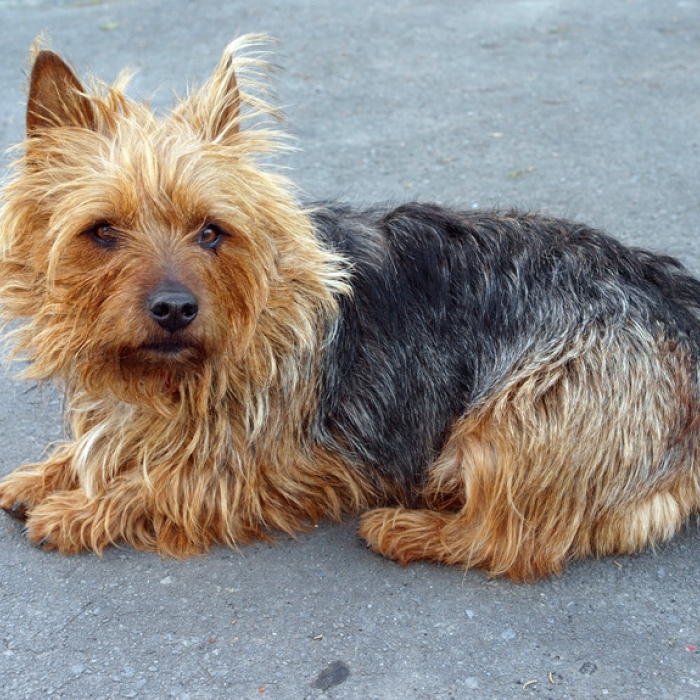 |
| AN AUSTRALIAN TERRIER |
The breed standard describes the ideal Australian Terrier temperament as spirited, alert, "with the natural aggressiveness of a ratter and hedge hunter". Aussies rank 34th in Stanley Coren's The Intelligence of Dogs, being of above average "Working and Obedience" intelligence, indicating good trainability. As with other terriers, they can be dog-aggressive and somewhat bossy, and care must be taken when living in a multi-pet household. In general, adult male terriers do not get along well with other adult male dogs. Since the Australian Terrier was also bred for companionship, they tend to be very people friendly, and enjoy interacting with people.Both males and females are 9 to 11 inches in height, and between 9 to 14 pounds.Australian terriers are extremely hardy, healthy, and can live up to 15 years (sometimes longer)!.
 The dusky dolphin (Lagenorhynchus obscurus) is a dolphin found in coastal waters in the Southern Hemisphere. Its specific epithetis Latin for "dark" or "dim". It is very closely genetically related to the Pacific white-sided dolphin, but current scientific consensus holds they are distinct species. The dolphin's range is patchy, with major populations around South America, southwestern Africa, New Zealand, and various oceanic islands, with some sightings around southern Australia and Tasmania. The dusky dolphin prefers cool currents and inshore waters, but can also be found offshore. It feeds on a variety of fish and squid species and has flexible hunting tactics. The dusky dolphin is known for its remarkable acrobatics, having a number of aerial behaviors. The status of the dolphin is unknown, but it has been commonly caught in gill nets.
The dusky dolphin (Lagenorhynchus obscurus) is a dolphin found in coastal waters in the Southern Hemisphere. Its specific epithetis Latin for "dark" or "dim". It is very closely genetically related to the Pacific white-sided dolphin, but current scientific consensus holds they are distinct species. The dolphin's range is patchy, with major populations around South America, southwestern Africa, New Zealand, and various oceanic islands, with some sightings around southern Australia and Tasmania. The dusky dolphin prefers cool currents and inshore waters, but can also be found offshore. It feeds on a variety of fish and squid species and has flexible hunting tactics. The dusky dolphin is known for its remarkable acrobatics, having a number of aerial behaviors. The status of the dolphin is unknown, but it has been commonly caught in gill nets.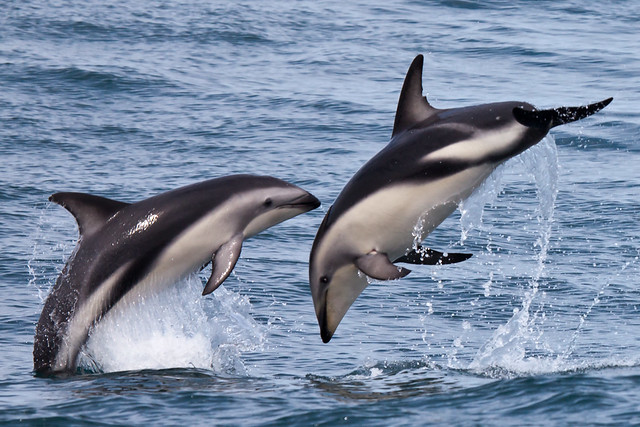


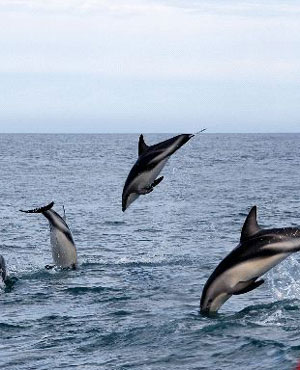

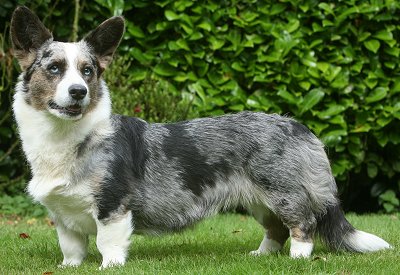
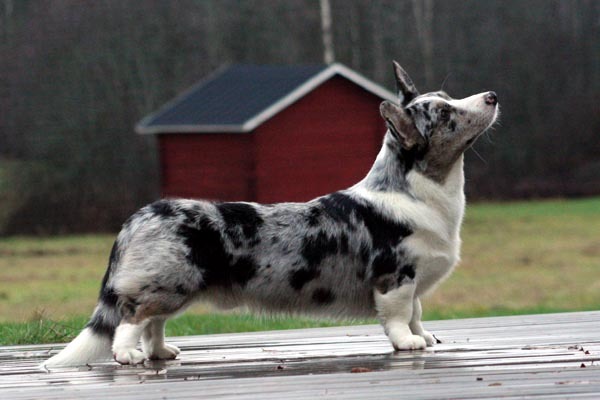







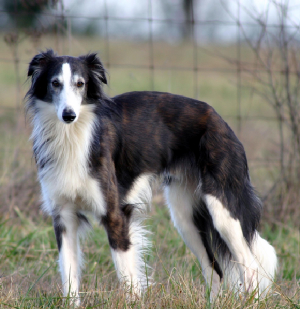



-_Male_at_Sultanpur_I_Picture_178.jpg)




